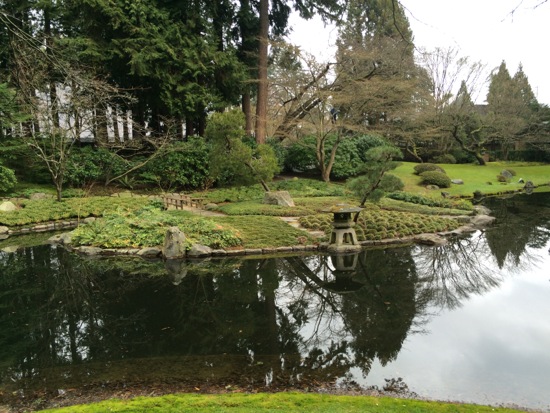
Photo Credit: Tara Lee
With the arrival of 2017 and the approaching Lunar New Year (January 28), I’ve been wanting some physical and mental space to take stock of the previous year and set the right tone for the months to come.
I adore living in the heart of Vancouver since there are always so many things to do: restaurants to try out, events to attend, arts and culture to take part in. However, occasionally, I want some tranquility in the midst of all of this bustle. Recently, I paid a winter visit to the lovely Nitobe Memorial Garden and came out feeling refreshed and calm.
The Nitobe Memorial Garden is located at the University of British Columbia; it’s very easy to miss since it’s tucked away in a northwestern corner of campus.
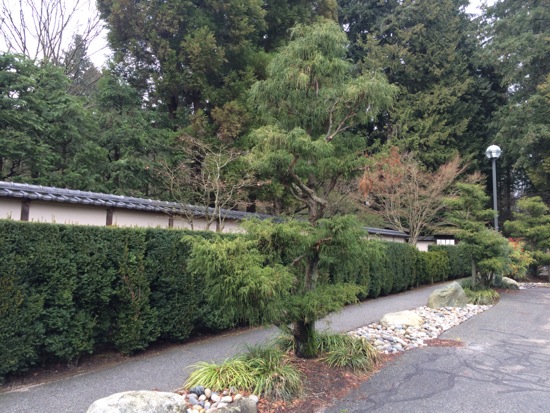
The walls of Nitobe Memorial Garden; Photo Credit: Tara Lee
If you want to make a full day out of the visit, you could also go to the Museum of Anthropology, as well as UBC Botanical Garden. UBC campus, Wreck Beach, and Pacific Spirit Regional Park are also great nearby points of interest.
Nitobe Garden is glorious during the other seasons, whether it’s blossoming (spring), in full bloom (summer), or in fall colours (autumn). However, I really like it during the winter when there is a stillness to it, and the air is crisp and invigorating.

Photo Credit: Tara Lee
I walked slowly through the gate and was greeted by a traditional Japanese tea and stroll garden. This authentic Japanese Garden is considered one of the top five outside of Japan itself. It’s named in honour of Inazo Nitobe, a prominent educator, agriculturalist, and scholar (among other things) who wanted to act as a bridge between North American and Japan.
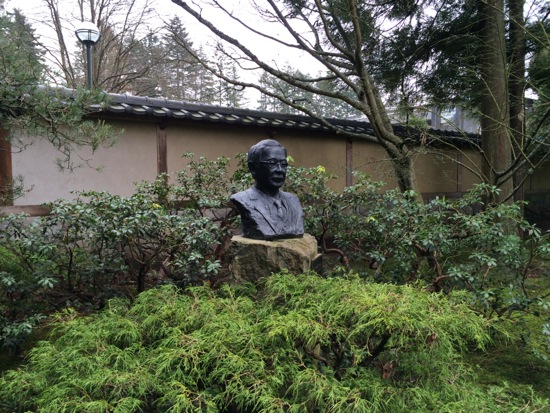
Photo Credit: Tara Lee
The garden isn’t huge, but impressive in the amount of thought and care put into its design and its maintenance.

Photo Credit: Tara Lee
Each rock, shrub, and tree (some Japanese, some local to Vancouver) has been planted with intention in order to create the ultimate zen-like effect. There are multiple pathways to take, which I walked along, slowly and contemplatively.

Photo Credit: Tara Lee
One of the central elements is the Tea House, where tea ceremonies are performed in the summer.

Exterior of the Tea House; Photo Credit: Tara Lee
During my visit, I appreciated and glimpsed some of its classic elements, such as an outer garden, waiting room, and the waiting bench.
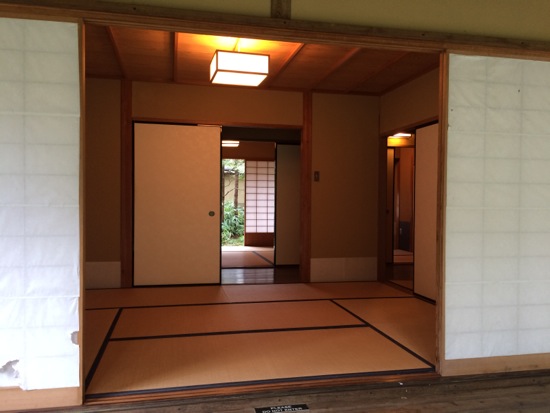
Photo Credit: Tara Lee
I noticed multiple stone lanterns in the Garden.
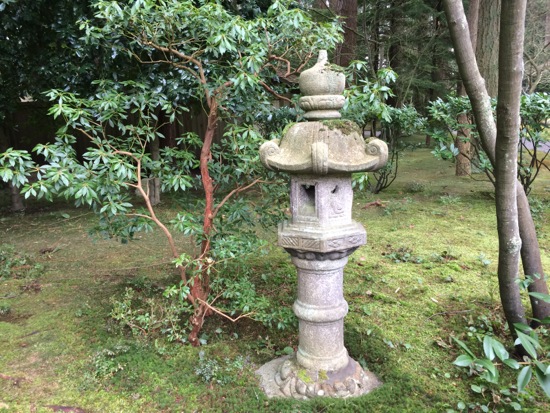
Pedestal lantern; Photo Credit: Tara Lee
There are four main types: ikekomi-gata (buried lanterns); tachi-gata (pedestal lanterns); yukimi-gata (snow viewing lanterns); and oki-gata (small portable lanterns).
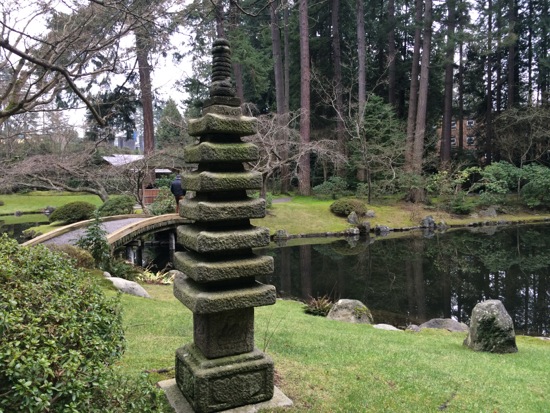
Photo Credit: Tara Lee
Another element of significance are the six bridges, some in a zig-zag configuration in order to help with eluding evil spirits, others symbolizing the connection to the Pacific.

Photo Credit: Tara Lee
Time felt like it was slowing down as I strolled around the garden. I particularly enjoyed the views of the reflecting pond with Koi, as well as the waterfalls.

Photo Credit: Tara Lee

Photo Credit: Tara Lee
The Garden also makes for a wonderful space for quiet conversation with a friend or a date. Benches are situated throughout the garden, wide enough to seat five people, the traditional number for a tea party.
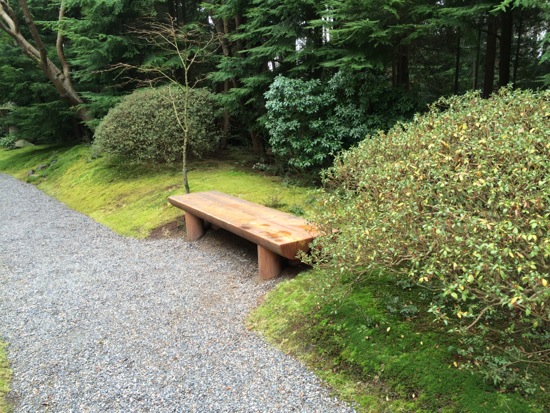
Photo Credit: Tara Lee
There is also a gazebo like structure, which makes for a perfect stop for taking in the experience and chatting with each other.
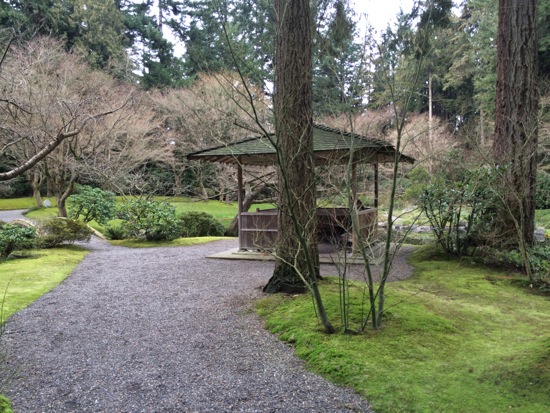
Photo Credit: Tara Lee
I would highly recommend taking the time to visit the Garden, and resisting any impulse to rush through it since it invites a subtle eye and an appreciation for both nature and human art.
The Garden is open weekdays from 11am to 2pm (by donation).
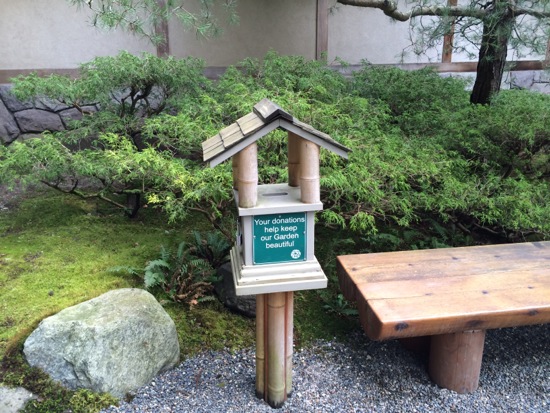
Photo Credit: Tara Lee
















